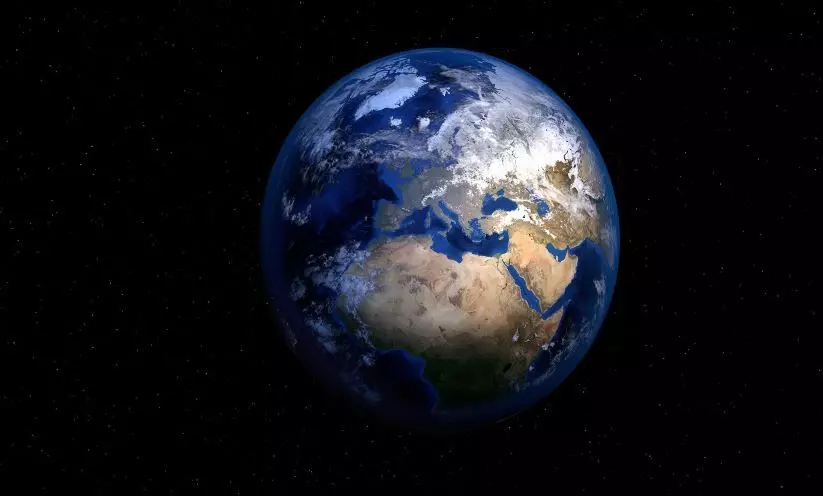
Earth in the midst of seventh mass extinction, says study
text_fieldsNew York: According to a new study published by researchers at University of California-Riverside (UCR) and Virginia Tech, Earth is currently enduring its seventh mass extinction, losing thousands of species each year. The study revealed that the first such event, occurred millions of years ago than scientists previously thought and is caused by environmental changes.
It was at the Cretaceous period, 66 million years ago that most of the dinosaurs went extinct. Prior to that, between the Permian and Triassic period, around 252 million years ago, the majority of creatures previously existed vanished from the face of the Earth.
The research suggest that a similar extinction occurred 550 million years ago, during the Ediacaran period.
The research paper published in the Proceedings of the National Academy of Sciences states that, although unclear whether this event represents a true "mass extinction", the percentage of organisms lost is similar to these other events, including the current ongoing one.
Further, the paper correlates environmental changes behind the loss of approximately 80 per cent of all Ediacaran creatures, which were the first complex, multicellular life forms on the planet.
"Geological records show that the world's oceans lost a lot of oxygen during that time, and the few species that did survive had bodies adapted for lower oxygen environments," said Chenyi Tu, UCR paleoecologist and study co-author.
Unlike later events, this earliest one was more difficult to document because the creatures that perished were soft bodied and did not preserve well in the fossil record.
"We suspected such an event, but to prove it we had to assemble a massive database of evidence," said Rachel Surprenant, UCR paleoecologist and study co-author.
To reach this conclusion, the team documented nearly every known Ediacaran animal's environment, body size, diet, ability to move, and habits.
Ediacaran creatures would be considered strange by today's standards. Many of the animals could move, but they were unlike anything now living.
Among them were Obamus coronatus, a disc-shaped creature named for the former president, and Attenborites janeae, a tiny ovoid resembling a raisin named for English naturalist Sir David Attenborough.
"These animals were the first evolutionary experiment on Earth, but they only lasted about 10 million years. Not long at all, in evolutionary terms," said UCR paleo-ecologist Mary Droser.
"We can see the impact of climate change on ecosystems and should note the devastating effects as we plan for the future," added Phillip Boan, UC Riverside geologist and study co-author.
-IANS Inputs























